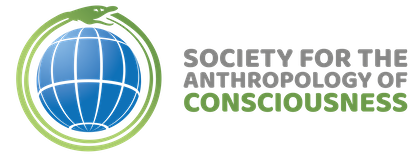Andrew Dean Gurevich (Mt. Hood Community College)
“As human beings, our greatness lies not so much in being able to remake the world — that is the Myth of the atomic age — as in being able to remake ourselves.” –Mahatma Gandhi Major Premise: Joseph Campbell’s “Four Functions of Myth” suggest how mythology both connects one to their individual, inner world and to the interconnected, external world around them. New findings in neurophysiology and hemispheric studies provide a scientific framework to explain how Campbell’s functions engage both hemispheres of the brain in unique ways to assist the individual in building a cohesive, integrated worldview. New research in neuropsychology suggests that the hemispheres of the brain uniquely influence how we see ourselves in relation to one another and to the world around us. In short, the right hemisphere emphasizes connectivity, the left stresses distinction. When applied to Campbell’s model, we can see how the first two functions (pedagogical and sociological) emphasize left-brain activity and help the individual locate themselves in the world as separate, isolated selves. The second two functions (cosmological and mystical) emphasize right-brain activity and thus stress connectivity and the diminishing of the boundaries of Self to help the individual identify with the non-local, quantum field that is the source of their identity and of consciousness itself. Practiced collectively, they nourish the entire brain and allow the individual to epigenetically engage the interwoven processes of self-discovery and self-expression within the context of a unified, mytho-narrative perceptual framework.
[Originally Published in the AAA 2013 Conference Program]
